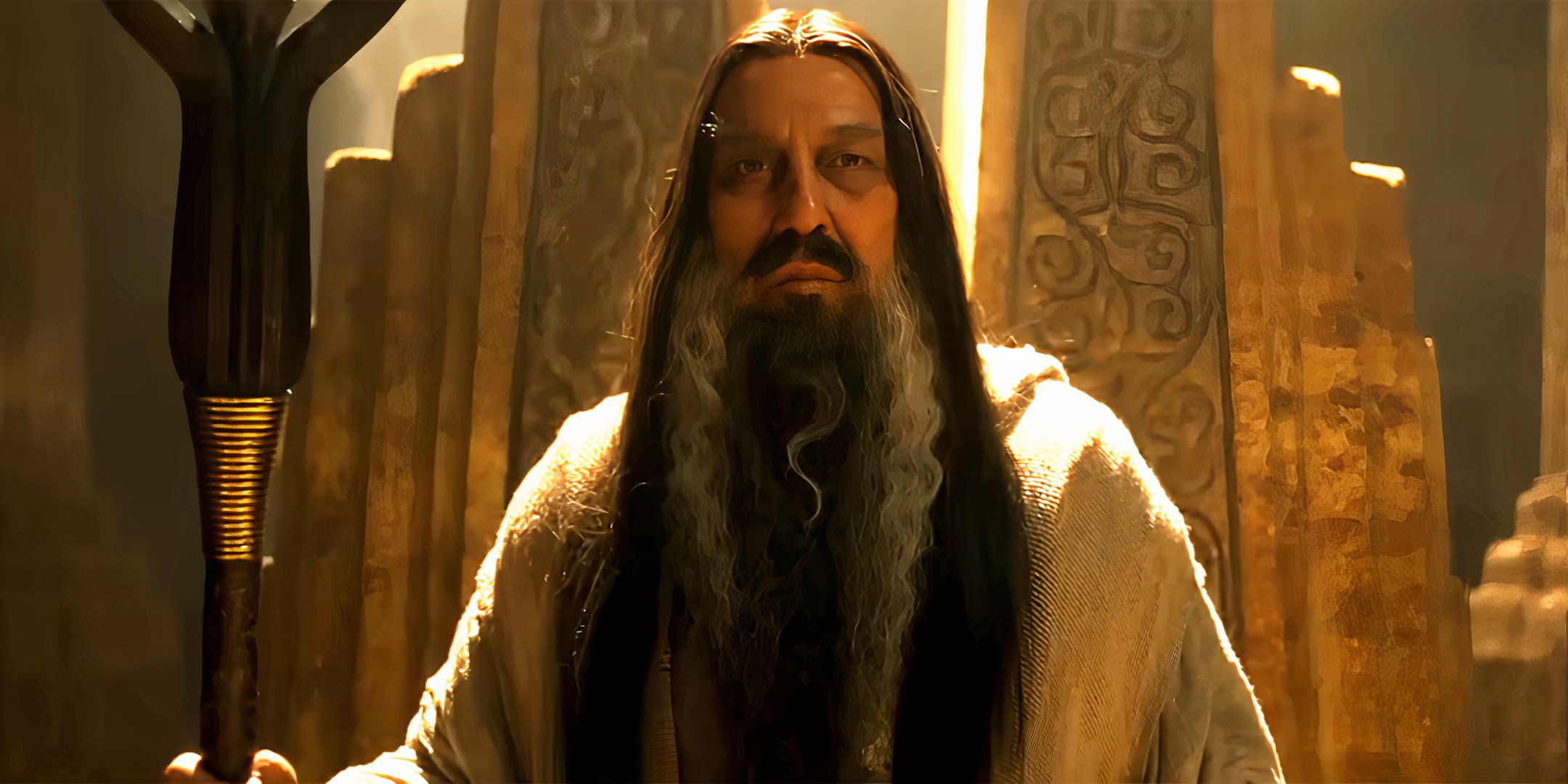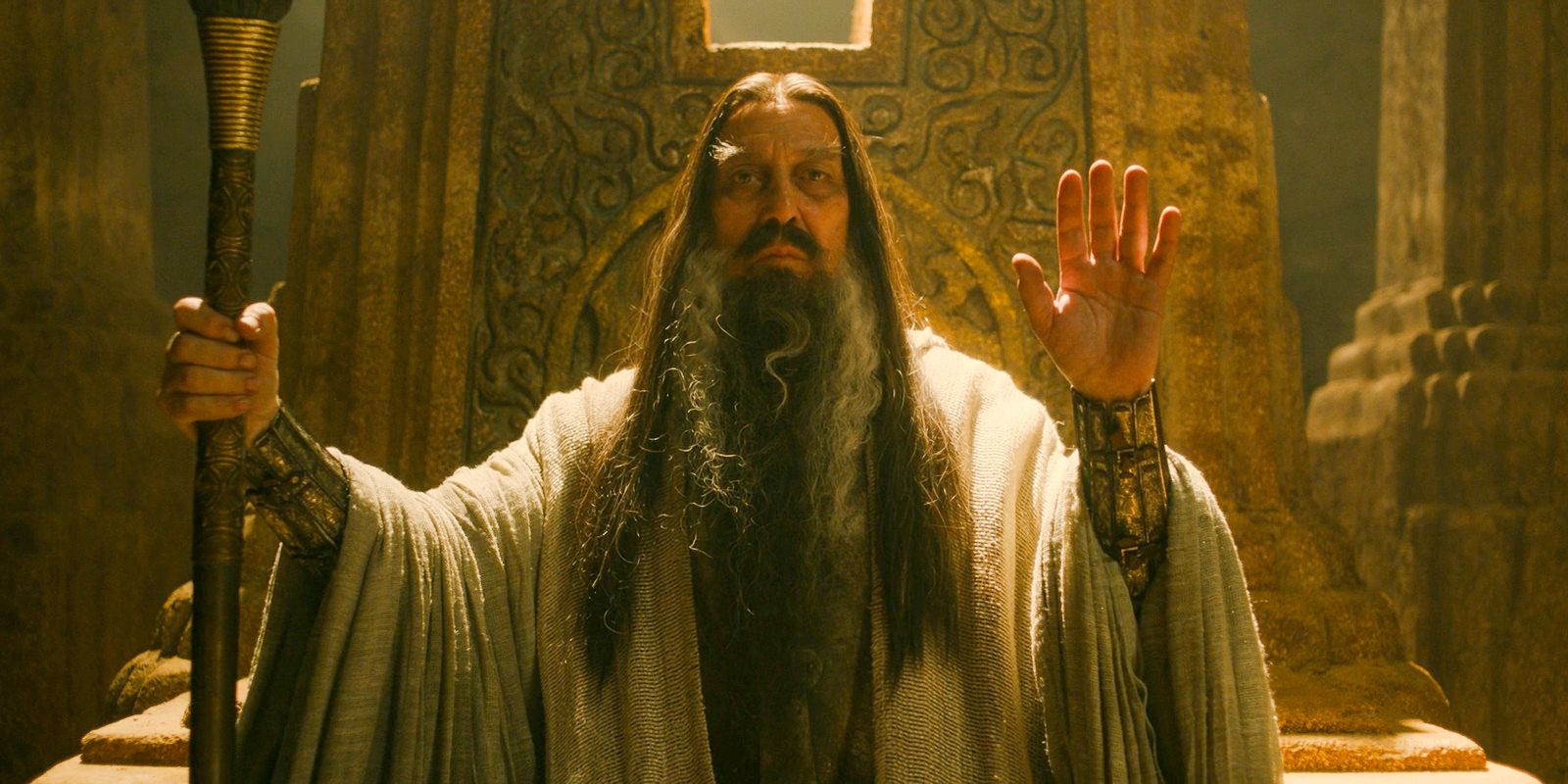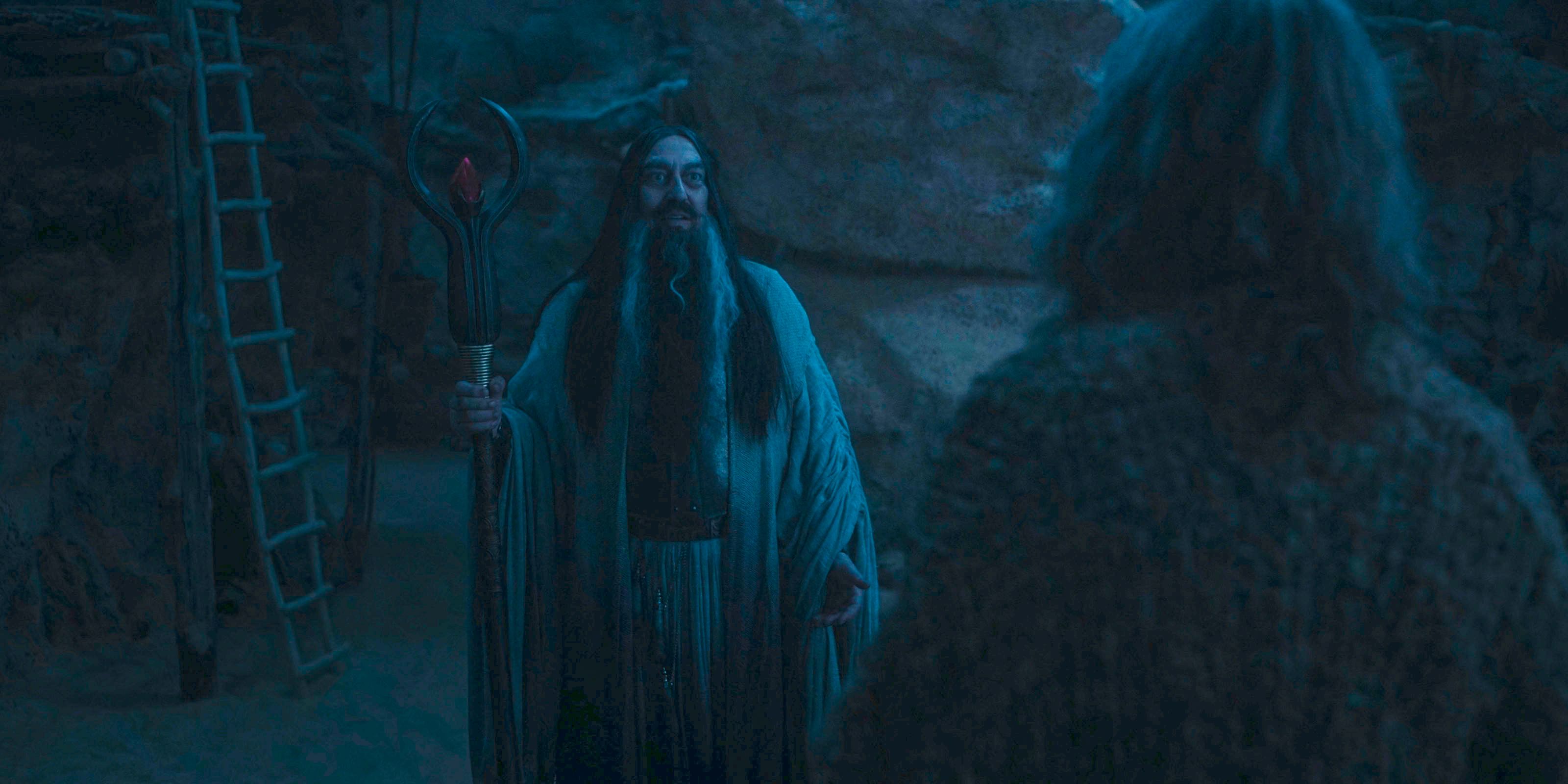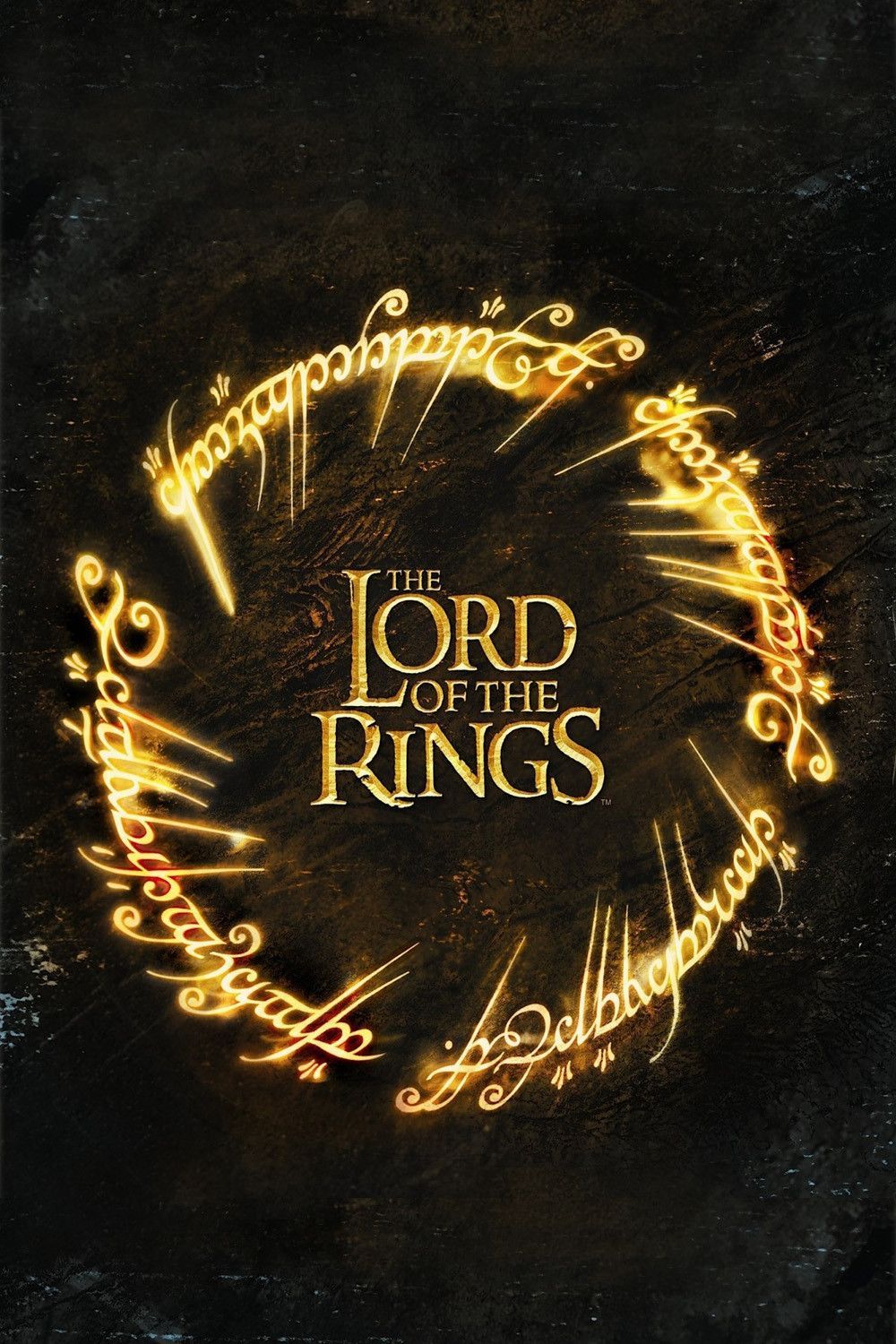
Sign in to your ScreenRant account

The Blue Wizards are The Lord of the Rings' most mysterious Istari. The Istari are a huge presence in The Lord of the Rings, even though many don't realize it. Gandalf is the most famous Istar, followed by Saruman, followed by Radagast. Istar means "Wizard" in the Elvish language of Quenya, hence why this esoteric group of characters is so named. The Istari are mentioned in J.R.R. Tolkien's The Lord of the Rings, but Peter Jackson's famous trilogy adaptation tends to just use the term "Wizard." The Silmarillion and Unfinished Tales explain the Istari further.
Despite whatever Quenya term the Elves popularized for them, the Wizards themselves kept quiet about their true nature and powers. They claimed they were in an "order," revealing little else - only Galadriel, Elrond, and Círdan knew that they were actually semi-divine Maiar from Valinor. Discretion was their order from the Valar - Tolkien's demigods. The Valar had sent the Istari to oppose Sauron and directed them to conceal their power to avoid the kind of worship that Sauron encouraged. This is exactly the kind of behavior that the enigmatic Blue Wizards may have engaged in.
Lord Of The Rings' Blue Wizards Are The Last Two Istari After Gandalf, Saruman, & Radagast
The Blue Wizards Are In The Same Order As Gandalf
According to The Silmarillion, Saruman was the first Istar to arrive, and the others followed, including Gandalf, Radagast, and the Blue Wizards. According to The Lord of the Rings, the powerful Istari all arrived around 1000 years into the Third Age. In Amazon's Rings of Power, at least two Istari arrived in the Second Age, but the show always played fast and loose with Tolkien's timeline. In drafts he never published while alive, J.R.R. Tolkien speculated that some Istari may have joined Middle-earth in the Second Age.
Before time | Indeterminate | Indeterminate | Indeterminate |
Days before Days | The Ainur entered Eä | 1 - 3,500 Valian Years | 33,537 |
Pre-First Age Years of the Trees (Y.T.) | Yavanna created the Two Trees | Y.T. 1 - 1050 | 10,061 |
First Age (F.A.) | Elves awoke in Cuiviénen | Y.T. 1050 - Y.T. 1500, F.A. 1 - 590 | 4,902 |
Second Age (S.A.) | The War of Wrath ended | S.A. 1 - 3441 | 3,441 |
Third Age (T.A.) | The Last Alliance defeated Sauron | T.A. 1 - 3021 | 3,021 |
Fourth Age (Fo.A) | Elven-ring bearers left Middle-earth | Fo.A 1 - unknown | Unknown |
Gandalf said he had walked Middle-earth for "300 lives of Men" in Peter Jackson's trilogy, confusingly. This contradicted the lore that Tolkien established because that would mean that Gandalf had arrived in Middle-earth around 20,000 years before the events of The Fellowship of the Ring, along with the other Lord of the Rings Istari. That would have been long before the Third Age, and even before the First. Nonetheless, the Blue Wizards arrived sometime in the Second or Third Age, although most likely in the Third, and proved that they may be a bit of a problem for the Valar.
What We Know About The Blue Wizards From J.R.R. Tolkien's Legendarium
The Blue Wizards Had Names & Goals

Like all the Istari, the Blue Wizards were sent to Middle-earth to oppose Sauron, but whether they followed their orders, died, or turned to the darkness, no one knew. The Blue Wizards traveled east with Saruman, but Saruman returned west and joined the White Council, whereas the Blue Wizards did neither. Failing to report back to the Valar shows a certain lack of professionalism, which one might not suspect of beings of the same race as the mighty 15 Valar. Perhaps they met a sad fate and their spirits drifted back to Aman, as immortal Maiar spirits would.

Related
6 The Lord Of The Rings Heroes Who Fought Sauron In Person (& Which Character Won)
Sauron fought multiple battles in The Lord of the Rings and directed even more, but only a few characters were confirmed to have fought him in person.
However, it seems most likely that the Blue Wizards fell to Sauron's influence in some way. Unfinished Tales states that "some hold" that the Blues turned to Sauron, which is certainly more evidence pointing to corruption than there is to point to death or mission success. Unfinished Tales gave the Blue Wizards' names as Alatar and Pallando, but this draft was far less finished than "The Istari" essay that confirmed their existence. Although incomplete, this draft didn't contradict the work Tolkien himself selected and published, validating it heavily. Alatar and Pallando were chosen by the Vala Oromë.
Why The Blue Wizards Don't Appear In The Lord Of The Rings Or The Hobbit
The Blue Wizards Were A Mystery In Lord Of The Rings

According to The Silmarillion, the Blue Wizards are "the Istari who went into the east of Middle-earth, and do not come into these tales." The Blue Wizards were intended to be a mystery by J.R.R. Tolkien. However, their enigmatic nature wasn't central to the narrative itself, merely an extension of its far-reaching worldbuilding. Tolkien posited the eastern land of Rhûn and its surrounding areas as unknown territories, choosing instead to focus on the west of Middle-earth in The Hobbit and LotR. Rhûn was north of Khand, which was north of Harad, but all these eastern territories were relatively unexplored.
J.R.R. Tolkien published The Adventures of Tom Bombadil, The Hobbit, and The Lord of the Rings in his lifetime, with his son editing and publishing the rest of the legendarium posthumously, including drafts that were unfinished and contradictory. However, Tolkien often deliberately incorporated contradictions into his legendarium as it built the idea of a real mythology, naturally evolving. This extended legendarium included The Silmarillion, Unfinished Tales, and the 12-volume The History of Middle-earth series.
Sauron lived in Rhûn for 400 years, according to The Peoples of Middle-earth, the final History of Middle-earth book. Fleeing Dol Guldur in the Third Age, he gained many Easterling followers. Perhaps some of these followers were the Blue Wizards, or perhaps the Blue Wizards had already spread Sauron's gospel before his arrival, making Easterling conversion to Sauron's cause easy for him. Either way, the Blue Wizards were of uncertain fate in The Lord of the Rings, making their existence a wild card for the inhabitants of Middle-earth.
The Rings Of Power Can Finally Expand On The 2 Most Mysterious Istari
Rings Of Power Is Set To Expand On The Blue Wizards

The Lord of the Rings: The Rings of Power is all set to be the first Lord of the Rings adaptation to explore the Blue Wizards. Amazon Prime Video's adaptation of Tolkien's Second Age material includes a mysterious character called the Dark Wizard, who claims to be one of the Istari. The Wizard's identity has not yet been revealed by the show, with many speculating that he may be Saruman or a Blue Wizard. In a Q&A on Reddit, Rings of Power showrunners Patrick McKay and J.D. Payne responded to a question about the show's Dark Wizard in no uncertain terms:
I think it's hard to say anything is 100%, but we have no plans or intention to have him be Saruman. We are not thinking of him as Saruman. We know there are five wizards talked about in The Lord of the Rings. One of them is Saruman, one of them is Gandalf, one of them is Radagast, and then there are two others. It is our expectation that he will be one of those two others.
Clearly, Payne and McKay don't want to issue spoilers for The Rings of Power season 3, and nor do they want to give the game away on the biggest mystery of season 2. This is media best practice. However, Payne and McKay are keen to set the record straight that the Dark Wizard is not Saruman, because that would make their version of Gandalf look stupid for trusting him later on in The Lord of the Rings story to transpire in the Third Age. The Dark Wizard is a Blue Wizard, making his character development in season 3 very exciting.
Source: Reddit

The Lord of the Rings
The Lord of the Rings is a multimedia franchise consisting of several movies and a TV show released by Amazon titled The Lord of the Rings: The Rings of Power. The franchise is based on J.R.R. Tolkien's book series that began in 1954 with The Fellowship of the Ring. The Lord of the Rings saw mainstream popularity with Peter Jackson's The Lord of the Rings and The Hobbit trilogies.
Created by J.R.R. Tolkien







:quality(85):upscale()/2023/03/13/840/n/1922794/a144765f640f75218ce2b5.24945169_.webp)

 English (US) ·
English (US) ·